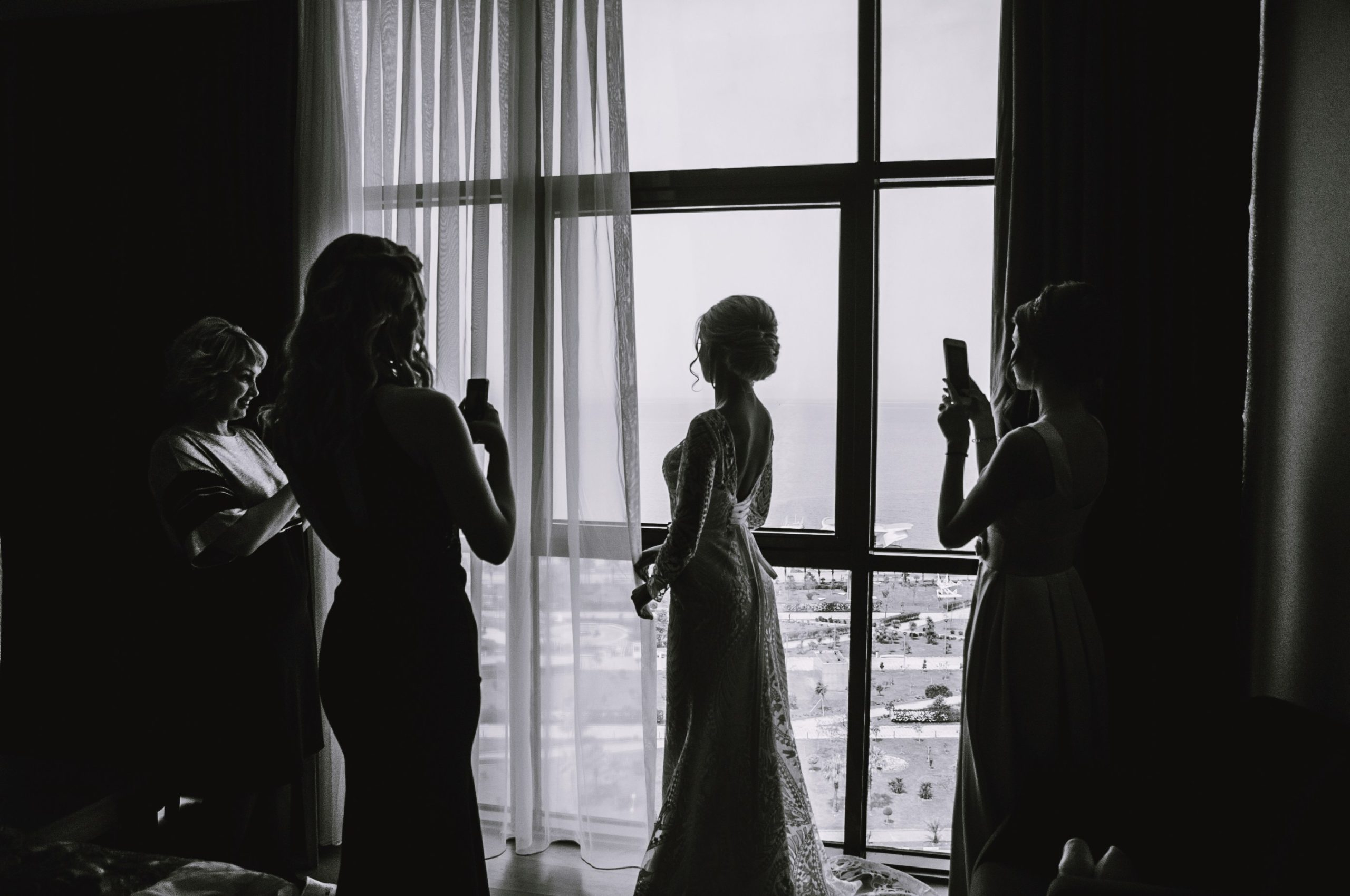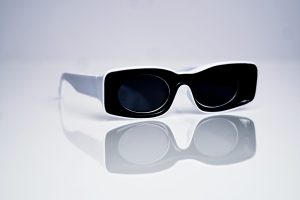Bridal Fashion Through the Ages
The wedding day is one of the most important days in a person’s life. It marks the start of a new journey and is commemorated with grand celebrations. Among the highlights of any wedding is the fashion, especially the bridal attire. Brides throughout history have always been adorned in intricate and elegant gowns, each representing the styles and trends of their time. In this article, we take a trip through the ages to discover the evolution of bridal fashion. From ancient civilizations to modern society, let’s explore how brides have dressed for their big day.
The Ancient Civilizations
The earliest recorded wedding ceremonies date back to ancient civilizations such as Egypt, Rome, and Greece. During these times, the concept of a wedding dress did not exist. Brides would simply wear their best robes or tunics, often in bright and vibrant colors.
Ancient Egypt (3100 BC – 332 BC)
In ancient Egypt, the bride would wear a sheer white linen dress, adorned with jewels and feathers. The dress would be sleeveless, with straps around the shoulders and a fitted bodice. This style symbolized the purity and fertility of the bride.
Ancient Rome (753 BC – 476 AD)
In ancient Rome, brides would wear a long tunic known as a “tunica recta”. This tunic was traditionally bright red and was tied with a belt around the waist. The bride would also wear a flame-colored veil to symbolize the protection of the “sacred flame of Vesta”.
Ancient Greece (776 BC – 146 BC)
Greek brides would wear a long robe known as a “peplos”. This was typically made of wool and would be held in place with pins. The bride would also sport a headdress and a belt around her waist. The color of the robe would vary depending on the region, with red being a popular choice in Athens.
The Middle Ages (476 AD – 1450 AD)
The Middle Ages saw a dramatic shift in bridal fashion, with the rise of Christianity and the influence of the Church. White became the most popular color for wedding dresses, as it was associated with purity and innocence. The dresses also became more elaborate, with rich fabrics and intricate details.
The Byzantine Empire (395 AD – 1453 AD)
During this time, wealthy brides would wear a heavy cloak over a tunic-style dress. The cloak would be decorated with jewels and embroidery, and the dress would be adorned with pearls and other gems. The color white was reserved for the elite, while blue was a popular choice for the general population.
The Renaissance (14th-17th century)
The Renaissance period brought about a revival of styles from ancient Greece and Rome, with an emphasis on elaborate and luxurious fabrics. Wealthy brides would wear richly embroidered dresses in colors such as gold and blue, while peasant brides would opt for simpler dresses in white or natural colors.
The Victorian Era (1837-1901)
The Victorian era marked a return to the traditional white wedding dress, but with a new twist. Queen Victoria’s wedding in 1840 popularized the white wedding dress, and many brides began to imitate her style. These dresses were often heavily embellished with lace, silk, and ribbons, and featured exaggerated hoop skirts.
The Flapper Era (1920s)
During the 1920s, fashion became more daring and brides began to break away from the traditional styles of the past. Flapper-inspired wedding dresses were shorter and slimmer, with dropped waistlines and deep necklines. Brides also adorned themselves with accessories such as headbands and gloves.
The Roaring 20s (1940s)
During this time, fashion once again took a more conservative turn. Due to the rationing of fabrics during World War II, wedding dresses became simpler and more practical. Brides opted for shorter hemlines and fitted silhouettes, often in shades of white and ivory.
The Modern Era (1950s-Present)
The modern era has seen a diverse range of bridal fashion, with different styles and trends emerging every decade. From the extravagant gowns of the 1950s to the bohemian styles of the 1970s, wedding dresses have undergone numerous transformations.
The Princess Bride (1950s)
During this time, wedding dresses took on a fairy-tale quality, with full skirts and long trains being the main trend. These ballgowns were often accompanied by long veils and elaborate headpieces.
The Mini Dress (1960s)
In the swinging ‘60s, the mini dress became a popular choice for brides wanting to make a statement. These shorter dresses were often paired with colorful tights and bold accessories.
The Bohemian Bride (1970s)
The 1970s saw a return to more natural styles, with brides opting for bohemian-inspired dresses in relaxed silhouettes. These dresses were often accompanied by flower crowns and loose hairstyles.
The Power Dress (1980s)
The ‘80s brought about an era of power dressing, and wedding dresses were no exception. These dresses were often oversized and featured dramatic puffy sleeves and bold accessories.
The Modern Bride (1990s-Present)
Today’s brides have an endless array of choices when it comes to their wedding dress. From traditional ballgowns to modern and minimalistic styles, the options are endless. Brides are also opting for non-traditional colors such as blush, champagne, and even black, to express their unique style on their special day.
Through the ages, bridal fashion has evolved and transformed, reflecting the trends and values of each era. From the simple and practical dresses of ancient civilizations to the extravagant and elaborate gowns of modern times, brides have always used fashion to express themselves and make their wedding day truly unforgettable.









